Wastewater Visibility News
Limiting Time in the Tank
Limiting Time in the Tank
CONFINED SPACE ENTRY IN THE WASTEWATER INDUSTRY
Confined spaces can be deadly. Each year, many people are seriously injured or killed while working or attempting to rescue those in confined spaces across a wide range of industries.
The term “permit-required confined space” is defined by OSHA as possessing one or more of the following characteristics:
- Contains or has the potential to contain a hazardous atmosphere
- Has walls that converge inward or floors that slope downward and taper into a smaller area that could trap or asphyxiate an entrant
- Contains other recognized safety or health hazards, such as unguarded machinery, exposed live wires or heat stress
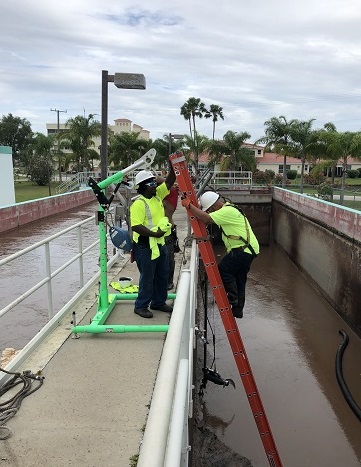
USST CREW WORKING IN CONFINED SPACE ON A FERMENTATION BASIN
In the wastewater maintenance industry, there are many situations that can require confined space entry, most commonly when structures have limited or no means of ingress or egress such as wet wells, digesters, or aeration basins with high tank walls. The removal of rag material from wastewater structures is another circumstance where confined space entry is most likely required during maintenance routines.
Dangers of confined spaces within wastewater infrastructure can include:
- Lack of oxygen
- Poisonous gases, fumes or vapors
- Liquids, solids or gases that can suddenly fill the space or release gases into it
- Lack of buoyancy due to density of liquid
- Fires and explosions from flammable vapors and excess oxygen
- Hot conditions leading to a dangerous increase in body temperature
USST’s Combination3® truck is equipped with a 49-foot extendable crane which allows crew to access material that may be hard to reach over high tank walls or deep wet wells without the need for additional equipment while reducing the amount of confined space work.
“When our solution reduces the amount of confined space entry required and gets the job done, everybody wins,” says USST’s CEO, Denver J. Stutler, Jr. “Less risk taken is always safer.”
Because of the capabilities of our patented Combination3® technology, potentially dangerous environments such as headworks, tanks, or manholes do not require confined space entry, reducing liabilities and costs for both ourselves and the customer.
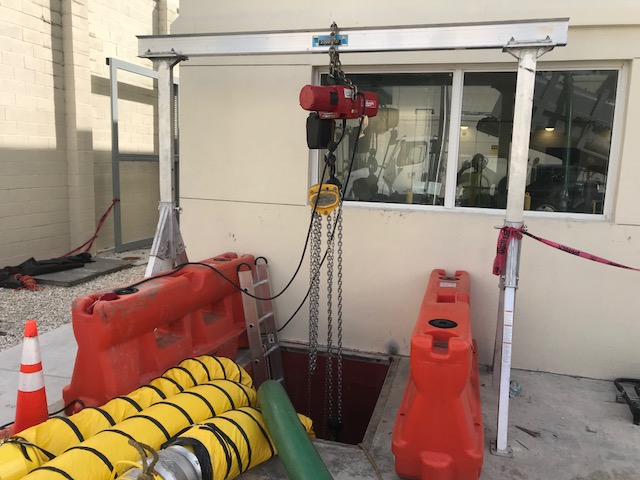
Wet Well to be cleaned on USST Jobsite
All USST crew members have completed more than 80(+) hours of safety compliance and participate in continuous on-the-job training.
“Every USST crew member goes through extensive confined space entry training. Proper Personal Protection Equipment (PPE) and safety equipment is always used when confined space entry is necessary,” confirms Paul Del Favero, Field Supervisor at USST. “Our confined space entry consists of a six-point harness, gas meter, lifeline, Tyvex suits, waders, steel toe boots, gloves, and PPE with a confined space entry permit, door attendant, and entry supervisor. Safety is life.”
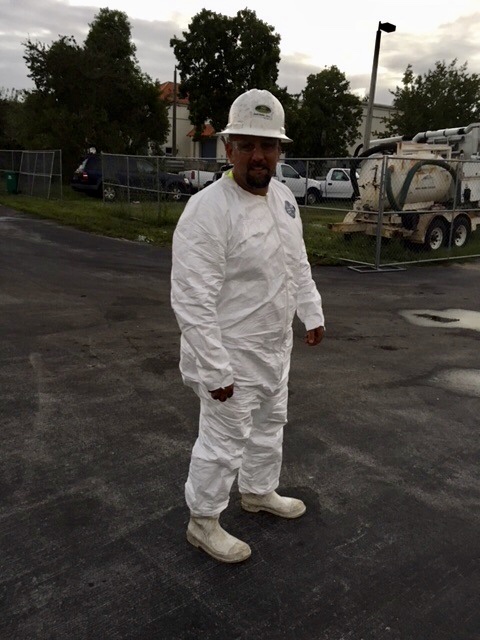
USST’s Field Supervisor, Paul Del Favero in Full Tyvek Suit
Utilizing PPE is only one aspect to consider when ensuring the health and safety of our workers. USST creates a site-specific safety plan for each project, while our Field Supervisors hold daily pre-job meetings with crew members where they review the safety plan and protocols, impending weather conditions, scheduled work, and other day-to-day updates.
Have a hard-to-reach area and experiencing reduced treatment efficiency? Our knowledgeable representatives can assist in putting together a specialized plan for your facility to safely restore valuable capacity. Contact us at (844) 765-7866 or email info@ussubmergent.com.

Author Notes
Wastewater Visibility News
More Recent Posts

First-Ever National Drinking Water Standard to Protect 100M People from PFAS Pollution
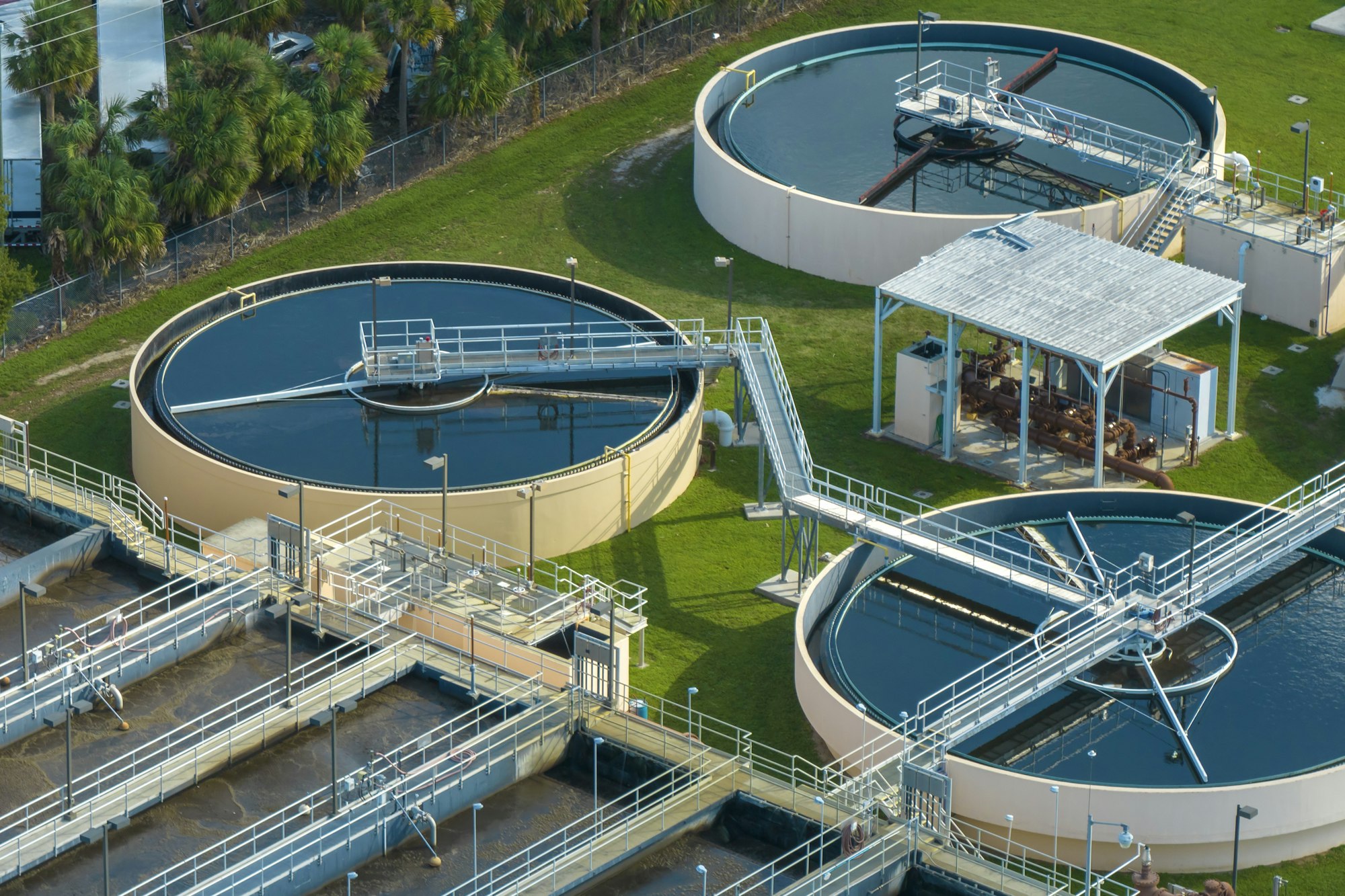
Are Your Wastewater Tanks Consuming Excess Energy Due to Sand and Grit? Emerging Technology Can Help You Find Out

Happy Easter
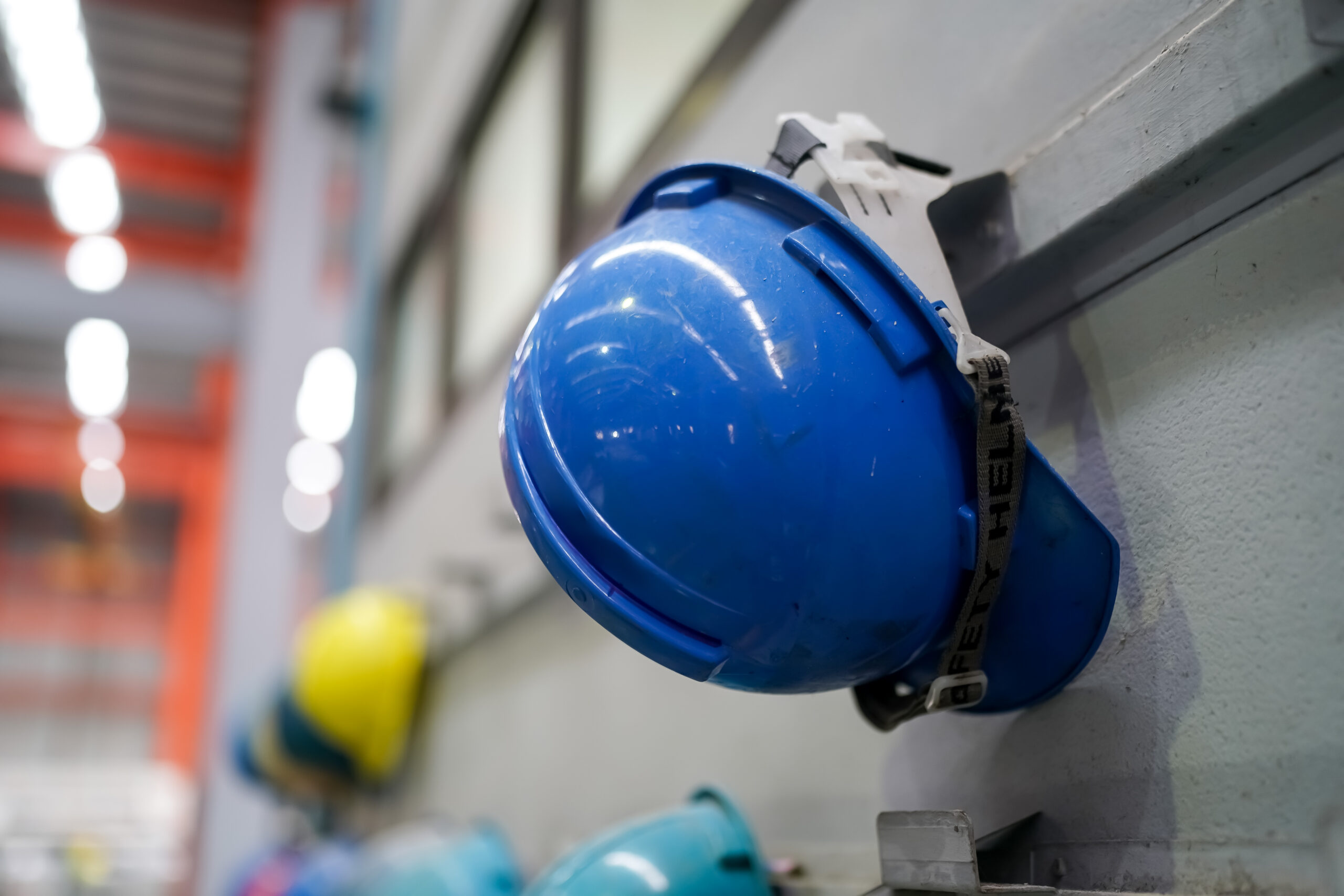
Efficiency in Serving Wastewater Utilities
Subscribe
Get news delivered straight to your inbox the day it gets published."*" indicates required fields
